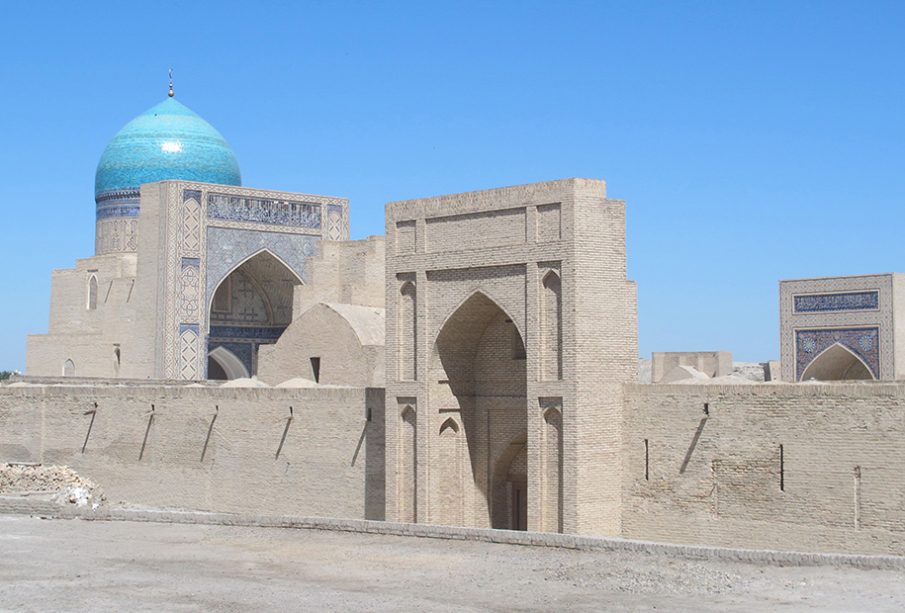Understanding Uzbekistan’s Economic Transformation

Introduction
Uzbekistan, a landlocked nation in Central Asia, is undergoing significant economic changes that are capturing the attention of global investors and policymakers. As one of the largest countries in the region, its economic development is crucial not only for its own growth but also for the stability and prosperity of Central Asia as a whole.
Economic Reforms and Growth
In recent years, Uzbekistan has implemented a series of ambitious reforms aimed at modernising its economy and reducing its reliance on natural resources. Initiated under President Shavkat Mirziyoyev in 2016, these reforms have included privatisation of state-owned enterprises, tax reforms, and efforts to boost foreign investment.
According to the World Bank, Uzbekistan’s GDP grew by 5.6% in 2022, reflecting the positive impact of these reforms. The government has also prioritised the development of its textile, agriculture, and manufacturing sectors, aiming to create jobs and increase exports.
Regional Integration and International Relations
Uzbekistan’s economic strategies are also focused on enhancing its regional ties. The country has actively participated in initiatives like the Central Asia Regional Economic Cooperation (CAREC) Programme, which aims to improve infrastructure and trade connections among Central Asian nations. This collaborative approach seeks to address common challenges such as water resource management and trade barriers.
Furthermore, Uzbekistan has been strengthening its relationships with both neighbouring countries and major global powers. Notably, its growing cooperation with China and Russia, as well as its outreach to Western nations, reflects a balanced foreign policy aimed at maximising economic benefits through diverse partnerships.
Challenges Ahead
Despite these advancements, Uzbekistan faces several challenges. Corruption, bureaucratic inefficiencies, and a need for further improvements in governance remain significant hurdles. The government has recognised these issues and is working towards enhancing transparency and reducing red tape to foster a more conducive business environment.
Conclusion
Uzbekistan’s economic transformation is indeed a noteworthy development in the context of Central Asia. With its strategic initiatives to diversify the economy and foster regional integration, the country is positioning itself as a critical player in the region. As it navigates its growth path and addresses existing challenges, Uzbekistan has the potential to become a significant hub for trade and investment in Central Asia, where its relevance will continue to rise in the coming years.









